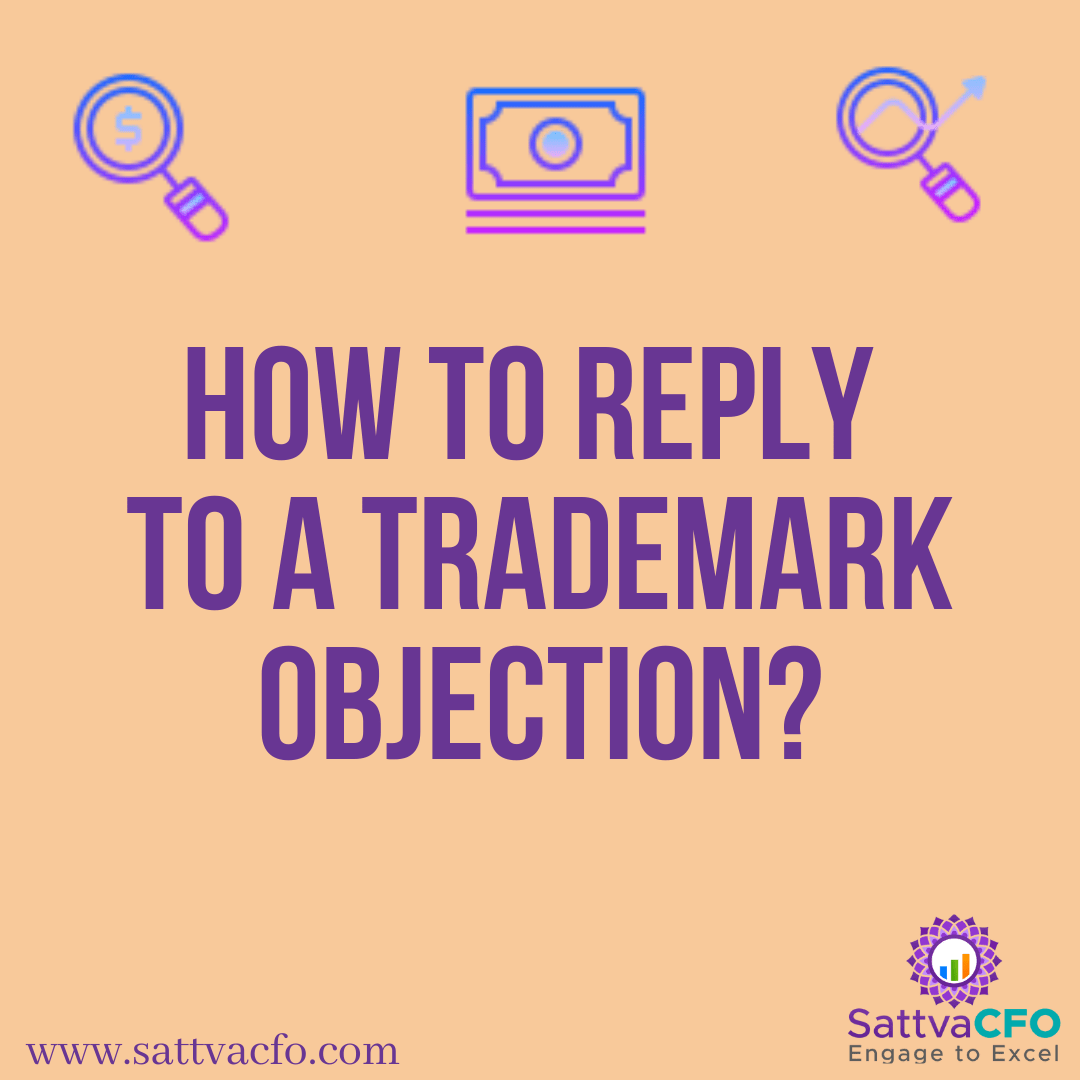How to reply to a Trademark objection?
The Trade Mark Registrar may raise an objection during the registration of a Trademark. The article explores How to reply to a Trademark objection. how to draft a reply to trademark objection. how to file a trademark objection reply.
Table of Contents
Objections
One of the first steps in the registration procedure is to file an objection. It can be submitted by the Examiner or Registrar or by anybody else. For mainly two reasons, a Registrar may register an objection under Sections 9 and 11 of the Act.
– If somehow the information in the application is missing or incorrect; or If any other existing trademarks were identical to yours.
In the interest of the public, a third party may object to the registration of a trademark. A third party has two options when it comes to objecting to trademark registration.
Only when an applicant applies for the trademark before it could be registered, or when the mark is displayed in the Trademark Journal.
The standing of the proposal would update to Opposed when you file an objection. When submitting an objection, the individual objecting to this should state the reasons for his disagreement with the trademark registration. The examiner would provide the candidate a reasonable chance to defend his application in accordance with the Act’s procedures.
How to reply to a Trademark objection?
Following the filing of an objection, the candidate will be notified of the disapproval and the basis for the objection.
- The first step is to respond to the objection with a counter statement.
- This must be completed within two months after receiving the notice of objections.
- If no objection is filed within two months, the application will be marked as Abandoned.
- The Registrar shall summon for a hearing after the counter is lodged, and if he finds it in support of the applicant, the trademark would be granted. Unless he decides in the opposing party’s favor, the trademark would be withdrawn from the Journal, and the registration application will then be denied. The applicant can file an appeal with the Intellectual Property Appellate Board at this point.
- The appeal should be submitted three months after the date of the Registrar’s order.
- Suppose such an appeal is submitted after the three-month deadline has expired. In that case, the petitioner must specify the cause for the postponement in a petition for condonation of delay, which carries a fee of Rs 2,500. If the IPAB accepts the rationale, the appeal will be scheduled for the hearing.
- Trade Marks Rules must be followed while filing a trademark.
- The applicant must verify all of the paperwork.
- The Deputy Registrar must then endorse each application on the day it is delivered.
- If somehow the Deputy Registrar discovers any flaws in the application, he will notify the applicant.
- The applicant must correct the flaws and resubmit the application within two months.
- If you do not comply, the Deputy Registrar will consider your application abandoned.
- The Deputy Registrar shall lodge the case and assign it a serial number unless the application is deemed to have been in order. The IPAB would consider the appeal after it has been registered. According to rule 2(m), the location of the hearing shall be determined by the jurisdiction in which the matter is filed. The case will be heard on a specific day. The hearing shall proceed in this manner.
- The IPAB will make its decision depending on both parties’ submissions.
- If one of the parties fails to appear on the day of the hearing,
- The IPAB has the authority to: Make a decision on the facts of the case
- Make an ex-parte order when there’s an absence of one party
- The lawsuit may be dismissed.
- If the matter is thrown or decided ex-parte, you have 30 days after the date of the judgment to submit a petition to overturn the previous order. The case will be tried, and thus the IPAB’s decision will prevail. Unless the applicant is dissatisfied with the IPAB’s decision, he does have the right to file an appeal with a High Court with appropriate jurisdiction. Further appeals to the Supreme Court of India are also possible. how to draft a reply to trademark objection.
FAQ’S
How long does it take to respond to a trademark opposition?
Within three days of receiving an objection, the trademark experts prepare and file a response depending on the known documents.
Will there be a charge from the government for filing a response to the Trademark Examination Report?
No, there will be no cost to file a response with the government. how to file a trademark objection reply.
What happens if the Trademark Office is not satisfied with the Trademark Response?
The trademark application will be denied if the response does not meet the conditions.




